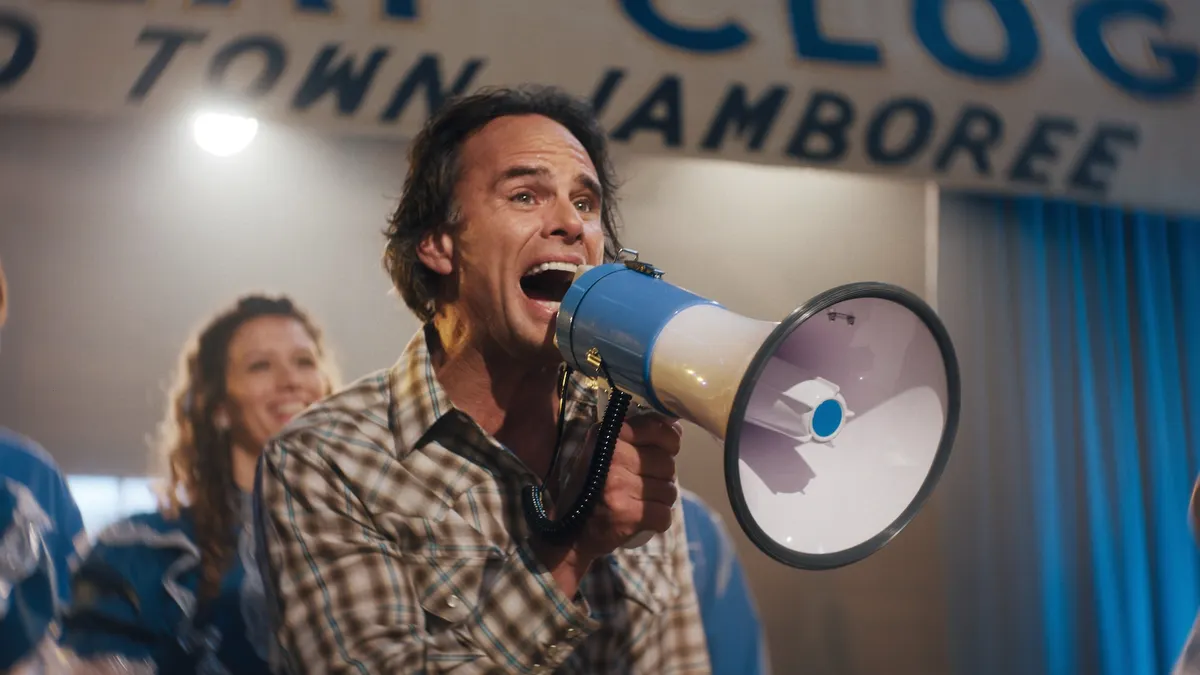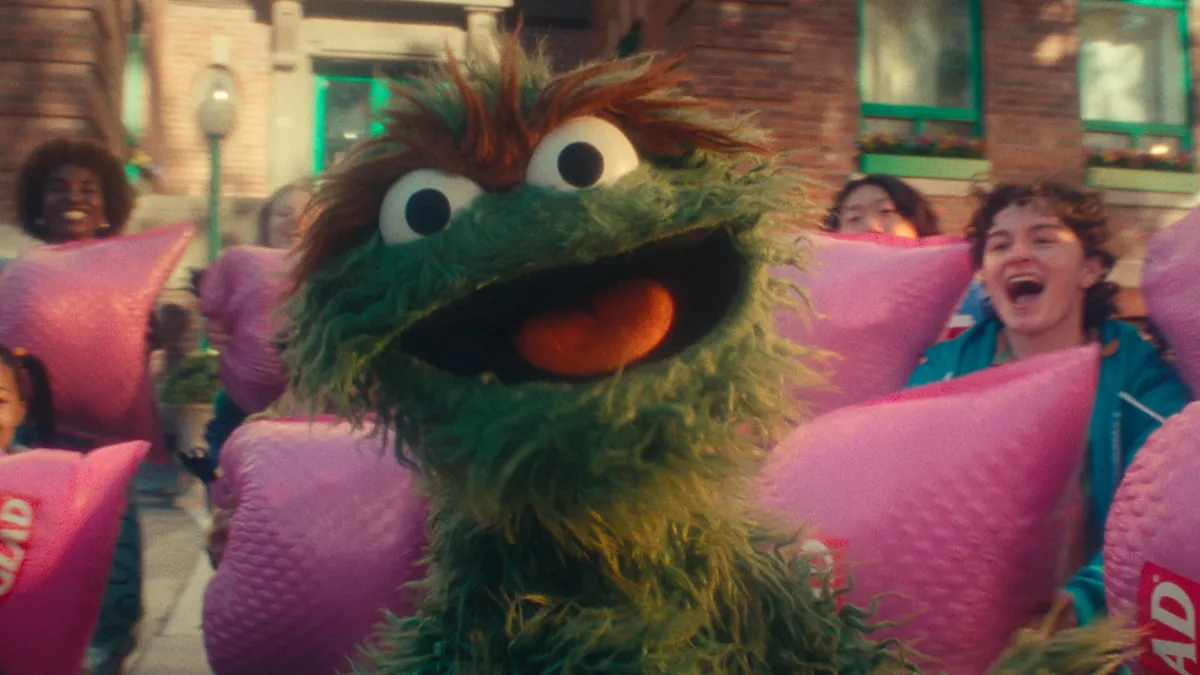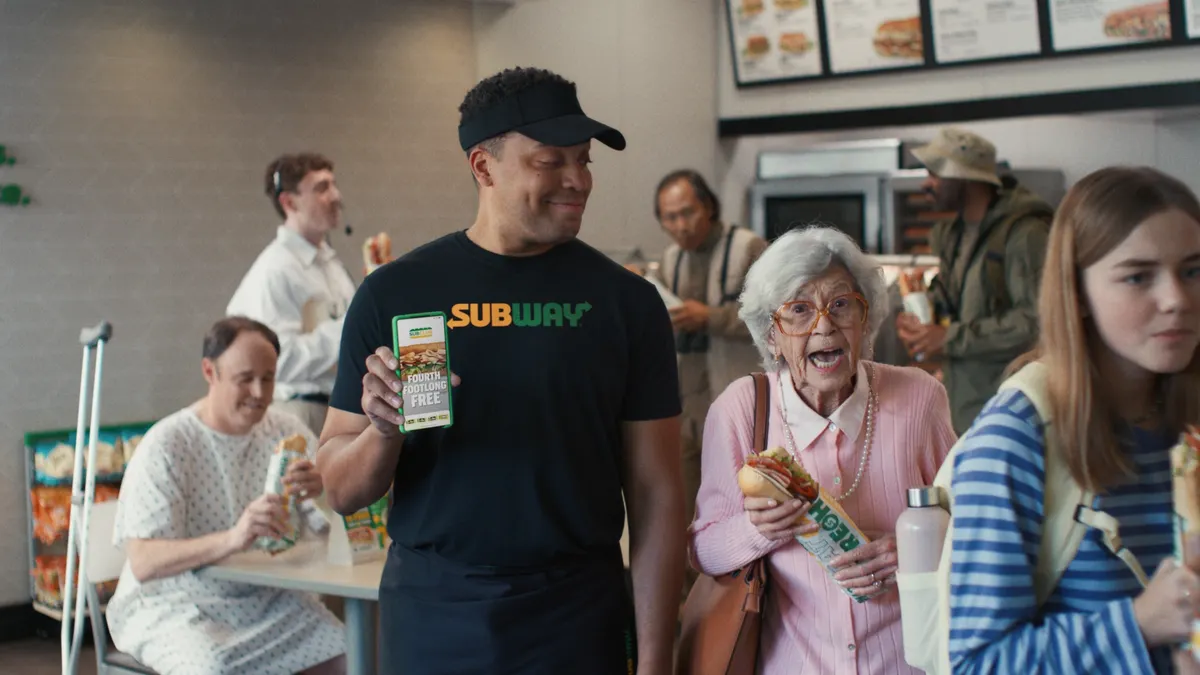Over the past two years, Brittany Hennessy has worked as Hearst Digital Media's first-ever director of influencer strategy and talent partnerships, booking content creators for publications like Cosmopolitan, Harper's Bazaar and Esquire and shaping how the booming industry evolves.
"This is absolutely where things are going, especially as audiences get younger and younger. Gen Z knows people like Kylie Jenner from Instagram, not 'Keeping Up with the Kardashians,'" she told Mobile Marketer in an interview. "If you're not using influencers in any way, good luck reaching these people at the same level."
Below, Hennessy discusses what it's like to be part of the first wave of people holding official influencer-focused roles, and what it means for marketers as influencers are quickly becoming more involved in the creative process for brands and publishers.
"Very rarely are you in the beginnings of an industry."
The following interview has been edited for clarity and brevity.
MOBILE MARKETER: As influencer marketing continues to grow, a new internal role has popped up at some companies. What does your job as Hearst's senior director of influencer strategy entail?
BRITTANY HENNESSY: My job has a lot of pieces. Part of it is client education and working with them to figure out their KPIs and strategies. For example, you have a new lipstick coming out. What's your KPI? Do you want awareness? Do you want conversion? What are you trying to do? Nailing down what clients' goals are is usually the hardest part. Then, we identify on-brand influencers who can help them achieve those goals. That part of my job comes with working with many influencers over the years. We have to know who's comfortable working on camera and who's really good in photo shoot settings. If I send someone a jacket and ask them to style it five ways, who can actually do that and produce really good content? Once we find influencers that match a client's brand aesthetic for a campaign, I reach out to them and negotiate the terms of the agreement. Oftentimes for large influencers, I'm negotiating with their agent.
It's really about working your relationships to get the most out of the client budget. I have to stay on top of the influencer to make sure she shoots the content correctly and sticks to the contract. After that, I bring it all back to the client and communicate the campaign's success. Depending on the KPIs we set earlier, I share how many people saw the content or were engaged with the post, or if there was some sort of product link, show the client how much product was moved because of the influencer. My favorite part is casting the roles for clients.
What's the most challenging part of a job in this space?
HENNESSY: Getting a tough, specific request. For a Jim Beam Black piece in Esquire, I had to find someone who was an athlete and had reached the pinnacle of sports, then transitioned to a fashion-related business role. And, of course, they had to organically drink whiskey. Extremely specific, but I found snowboarder Keir Dillon. He's won Winter X Game medals and also makes the FRENDS headphones that have interchangeable earpieces. He did a fashion collection where designers like Dolce and Gabbana, Gucci and Rebecca Minkoff made pieces that fit into the headphones. So, I called his agent and said, "Please tell me he drinks whiskey," and they said, "Oh yeah, his favorite is Jim Beam Black." While those are the moments where I'm reminded how much I like my job, wins like that are the most difficult because I have to really know the influencers. I take notes on influencers' social feeds and organize their profiles in categorized collections on Instagram for easy browsing later.
Your role managing influencer partnerships is just now emerging. What's it like being on the forefront molding the industry, or at least shaping how Hearst works with influencers?
HENNESSY: There are so few people who have my job. I mainly try to educate people and figure out what I can add to the space. There aren't many resources for influencers or people like me who want to jump into the industry, so I wrote a book. Many articles serve as resources for the brand side, but at the end of the day, there are a small number of brands and a large number of influencers. Why is nobody helping them? They're essential to this equation. We need to solve both sides of the problem to bring everyone in the industry on the same page of understanding pricing, content agreements and negotiations. Everyone needs help, but nobody was guiding the influencers. Knowledgeable influencers mean happier clients. That's the value I try to add.
Circling back to your role, how did you first get involved with influencers? A similar thing happened with mobile soon after the iPhone came out, where someone who had a personal interest in mobile would take on that task at a company, and things evolved from there.
HENNESSY: I had a blog about 100 years ago back in 2007. This was pre-Instagram, and I wrote about nightlife and lifestyle topics. In 2011, I flew to Germany as a Nivea ambassador to hang out with Rihanna for three days and tweet to get the word out that she was the brand's new spokesperson. I went to the Nivea factory in Hamburg and saw how they made their lotions. After that, I thought, "This is a thing?!" and started reaching out to companies offering to make and run their social media accounts. Plenty declined because they thought company accounts were a fad, but as we now know, that wasn't true. Fast forward a few years, and I started handling the influencer casting and management for Horizon Media. That was still pretty early on in the shift toward incorporating influencers into brand marketing. I did everything from responding to RFPs to doing analytics, but I discovered I really liked the casting part, and that's when Hearst announced this position.
You're Hearst's first director of influencer strategy. What does this recent emphasis on influencers let Hearst do that it couldn't before you joined two years ago?
HENNESSY: Influencers are new in publishing in general. We at Hearst are storytellers, so we're integrating talent that can help tell our story. We do a lot of work with traditional influencers, or digital content creators, but we also do a lot of work with people who have influence, like chefs with 100,000 followers or a ballet dancer with 50,000 followers. I think that's the part that people don't understand about influencer marketing. It's not just Kylie Jenner or some beauty blogger.
For example, we did a piece with Carrera sunglasses in Elle featuring female pilots — very "Top Gun" with their uniform and sunglasses on the tarmac-turned-photo shoot. Only around 5% of the world's pilots are female, but together, the ones that we profiled had a collective one million followers. Plenty of people have influence. It's more so about looking for interesting stories to tell. For Cosmopolitan, we do a lot of social- and video-heavy programming, so a beauty blogger's tutorial might fit. But for Elle or for Harper's Bazaar, we're telling a story that happens to integrate a product without making it feel like an ad. Our litmus test at Hearst is that if we take the advertisement out, does the story still make sense?
We've seen a few companies empowering their employees to be influencers. Is Hearst doing this?
HENNESSY: I think it's something that companies are starting to do. At the same time, employees may be reluctant to do it. When you build a personal brand, it's personal, so you might not want to get your work involved or have that content seem out of place from the personal brand you've created. At Hearst, some of our content editors give beauty tips or go to festivals and hang out at client booths and share that content online on behalf of the company. It's there at a high level with a few editors, but we're not yet at the point where it's everyone in the building. It's something companies with a younger employee base should do because you can't shake a stick without hitting a 20-year-old with 5,000 followers. Everyone has followers now, so if you're not making good use of them, what's the point?
Your book mentions that women are dominating the influencer scene and can charge up to four times the amount of their male counterparts. Who are these women and why can they charge so much more?
HENNESSY: In general, women are the ones spending more time on leading platforms like Instagram. Because that's the demographic of viewers — especially because beauty is such a large space within the influencer world — it makes sense that those are the people who are also creating the content. Women still hold the greatest buying power and make most of the household purchasing decisions, so it's only natural that we're also the ones creating content around products and viewing that content. That's not to say that men can't be influencers. Some men can charge more than normal because they're so rare. This is pretty much the only industry where women are virtually guaranteed to make more money than men.




















